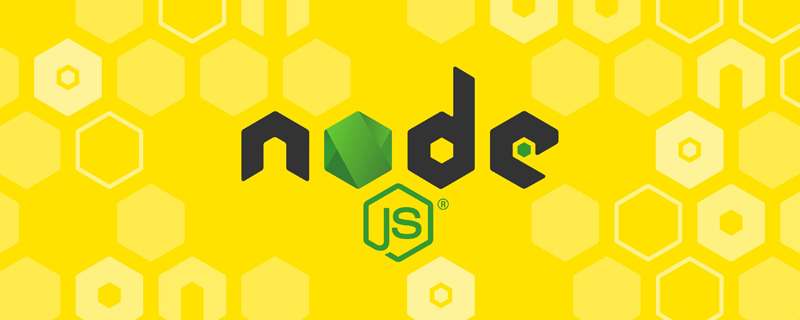
Node.js is a JavaScript running environment based on the Chrome browser. It can run JavaScript code on the server side and provides efficient I/O operations, non-blocking IO, and events. Excellent features such as drivers make Node.js widely used in web application development, including web projects that implement online question and answer community functions.
In this article, we will learn how to use Node.js to build an online Q&A community, which includes user registration, login, question, answer and other functions, and will also give specific code examples.
- Environment setup
Before starting to build an online Q&A community, you need to set up a Node.js environment. Here, we choose to use the Express framework, which is a simple, flexible, and efficient web framework for Node.js.
After installing Node.js, we can use npm to install Express. The specific code is as follows:
npm install express --save
- User registration
Implement the user registration function It is fundamental content in online Q&A communities. We need to store the user's user name, password and other related information in the database, and also need to perform certain verification on the information entered by the user.
Here, we choose to use MongoDB to store user information and use the bcrypt encryption library to encrypt user passwords. The specific code is as follows:
// 引入相关库
const bcrypt = require('bcrypt')
const { User } = require('../models')
// 用户注册
const register = async (req, res, next) => {
try {
const { username, password } = req.body
if (!username || !password) {
return res.status(400).send('用户名或密码不能为空')
}
const user = await User.findOne({ username })
if (user) {
return res.status(400).send('该用户名已被占用,请更换其他用户名')
}
const salt = await bcrypt.genSalt(10)
const hash = await bcrypt.hash(password, salt)
const newUser = await User.create({
username,
password: hash,
})
return res.status(201).send(newUser)
} catch (err) {
next(err)
}
}
module.exports = {
register,
}- User login
The user login function is another basic function in the online Q&A community. When a user logs in, the user's input information needs to be verified. If the information entered by the user matches the information stored in the database, the login is successful, otherwise the login fails.
Here, we choose to use the Passport.js library to implement user login verification. The specific code is as follows:
// 引入相关库
const passport = require('passport')
// 用户登录
const login = async (req, res, next) => {
passport.authenticate('local', (err, user, info) => {
if (err) {
return next(err)
}
if (!user) {
return res.status(401).send(info.message)
}
req.logIn(user, (err) => {
if (err) {
return next(err)
}
return res.status(200).send(user)
})
})(req, res, next)
}
module.exports = {
login,
}- Question function
The question function is One of the core functions of the online Q&A community. Users can ask their own questions in the community and expect other users to provide solutions.
Here, we need to use MongoDB to store questions raised by users, and also need to encapsulate a route to handle user requests. The specific code is as follows:
// 引入相关库
const { Question } = require('../models')
// 提问
const ask = async (req, res, next) => {
try {
const { question, description } = req.body
if (!question) {
return res.status(400).send('问题不能为空')
}
const newQuestion = await Question.create({
question,
description,
userId: req.user.id,
})
return res.status(201).send(newQuestion)
} catch (err) {
next(err)
}
}
module.exports = {
ask,
}- Answer function
The answer function is another core function in the online Q&A community. When other users ask questions in the community, other users can answer the questions based on their own experience or knowledge in the hope of being helpful to the user who asked the question.
Here, we need to use MongoDB to store the answers put forward by users, and at the same time, we need to encapsulate a route to handle user requests. The specific code is as follows:
// 引入相关库
const { Answer, Question } = require('../models')
// 回答问题
const answer = async (req, res, next) => {
try {
const { content } = req.body
const { questionId } = req.params
if (!content) {
return res.status(400).send('回答不能为空')
}
const question = await Question.findOne({
_id: questionId,
})
if (!question) {
return res.status(404).send('未找到该问题')
}
const newAnswer = await Answer.create({
content,
userId: req.user.id,
questionId: question._id,
})
return res.status(201).send(newAnswer)
} catch (err) {
next(err)
}
}
module.exports = {
answer,
}- Summary
In this article, we learned how to use Node.js to build a web project for an online Q&A community, which includes core functions such as user registration, login, questions, and answers. At the same time, we also provide specific code examples, hoping to help developers better understand the application of Node.js in web application development.
The above is the detailed content of Web project using Node.js to implement online Q&A community functions. For more information, please follow other related articles on the PHP Chinese website!
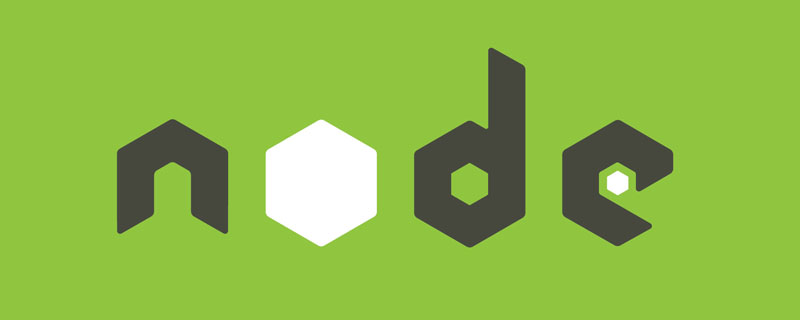 Vercel是什么?怎么部署Node服务?May 07, 2022 pm 09:34 PM
Vercel是什么?怎么部署Node服务?May 07, 2022 pm 09:34 PMVercel是什么?本篇文章带大家了解一下Vercel,并介绍一下在Vercel中部署 Node 服务的方法,希望对大家有所帮助!
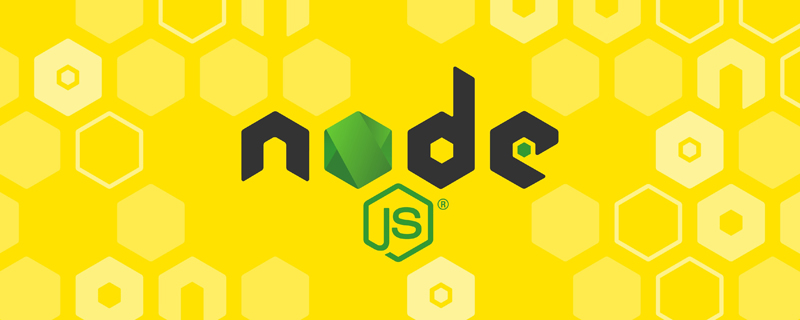 node.js gm是什么Jul 12, 2022 pm 06:28 PM
node.js gm是什么Jul 12, 2022 pm 06:28 PMgm是基于node.js的图片处理插件,它封装了图片处理工具GraphicsMagick(GM)和ImageMagick(IM),可使用spawn的方式调用。gm插件不是node默认安装的,需执行“npm install gm -S”进行安装才可使用。
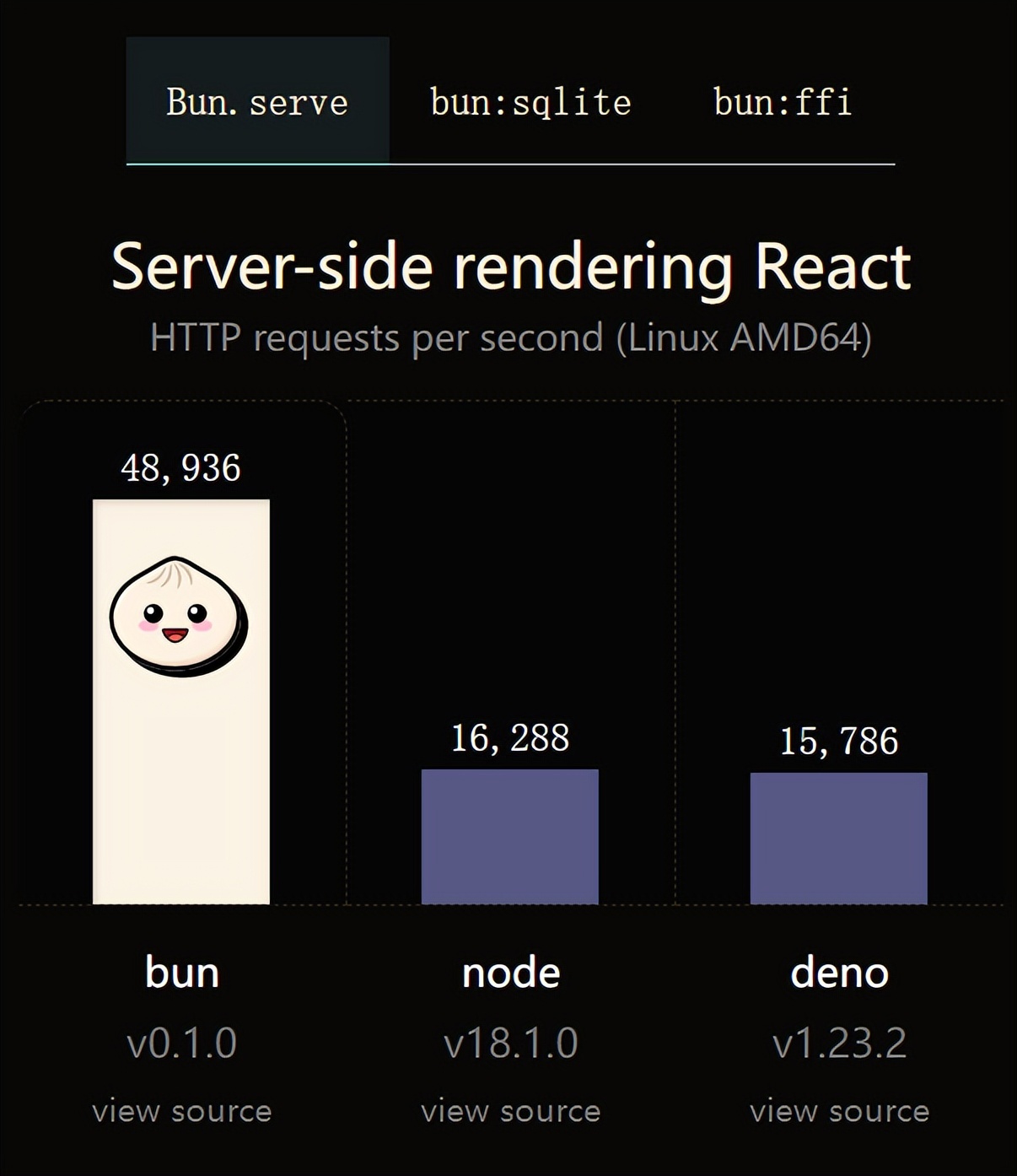 火了!新的JavaScript运行时:Bun,性能完爆NodeJul 15, 2022 pm 02:03 PM
火了!新的JavaScript运行时:Bun,性能完爆NodeJul 15, 2022 pm 02:03 PM今天跟大家介绍一个最新开源的 javaScript 运行时:Bun.js。比 Node.js 快三倍,新 JavaScript 运行时 Bun 火了!
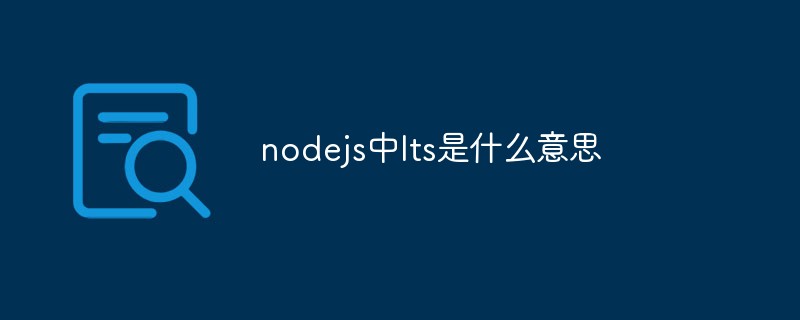 nodejs中lts是什么意思Jun 29, 2022 pm 03:30 PM
nodejs中lts是什么意思Jun 29, 2022 pm 03:30 PM在nodejs中,lts是长期支持的意思,是“Long Time Support”的缩写;Node有奇数版本和偶数版本两条发布流程线,当一个奇数版本发布后,最近的一个偶数版本会立即进入LTS维护计划,一直持续18个月,在之后会有12个月的延长维护期,lts期间可以支持“bug fix”变更。
 聊聊Node.js中的多进程和多线程Jul 25, 2022 pm 07:45 PM
聊聊Node.js中的多进程和多线程Jul 25, 2022 pm 07:45 PM大家都知道 Node.js 是单线程的,却不知它也提供了多进(线)程模块来加速处理一些特殊任务,本文便带领大家了解下 Node.js 的多进(线)程,希望对大家有所帮助!
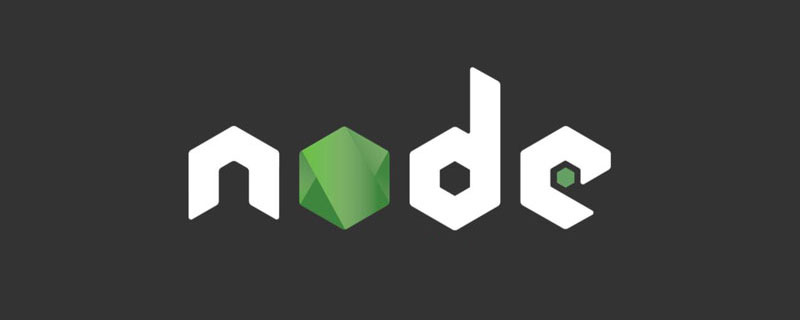 node爬取数据实例:聊聊怎么抓取小说章节May 02, 2022 am 10:00 AM
node爬取数据实例:聊聊怎么抓取小说章节May 02, 2022 am 10:00 AMnode怎么爬取数据?下面本篇文章给大家分享一个node爬虫实例,聊聊利用node抓取小说章节的方法,希望对大家有所帮助!


Hot AI Tools

Undresser.AI Undress
AI-powered app for creating realistic nude photos

AI Clothes Remover
Online AI tool for removing clothes from photos.

Undress AI Tool
Undress images for free

Clothoff.io
AI clothes remover

AI Hentai Generator
Generate AI Hentai for free.

Hot Article

Hot Tools

ZendStudio 13.5.1 Mac
Powerful PHP integrated development environment

mPDF
mPDF is a PHP library that can generate PDF files from UTF-8 encoded HTML. The original author, Ian Back, wrote mPDF to output PDF files "on the fly" from his website and handle different languages. It is slower than original scripts like HTML2FPDF and produces larger files when using Unicode fonts, but supports CSS styles etc. and has a lot of enhancements. Supports almost all languages, including RTL (Arabic and Hebrew) and CJK (Chinese, Japanese and Korean). Supports nested block-level elements (such as P, DIV),

SecLists
SecLists is the ultimate security tester's companion. It is a collection of various types of lists that are frequently used during security assessments, all in one place. SecLists helps make security testing more efficient and productive by conveniently providing all the lists a security tester might need. List types include usernames, passwords, URLs, fuzzing payloads, sensitive data patterns, web shells, and more. The tester can simply pull this repository onto a new test machine and he will have access to every type of list he needs.

WebStorm Mac version
Useful JavaScript development tools

DVWA
Damn Vulnerable Web App (DVWA) is a PHP/MySQL web application that is very vulnerable. Its main goals are to be an aid for security professionals to test their skills and tools in a legal environment, to help web developers better understand the process of securing web applications, and to help teachers/students teach/learn in a classroom environment Web application security. The goal of DVWA is to practice some of the most common web vulnerabilities through a simple and straightforward interface, with varying degrees of difficulty. Please note that this software





